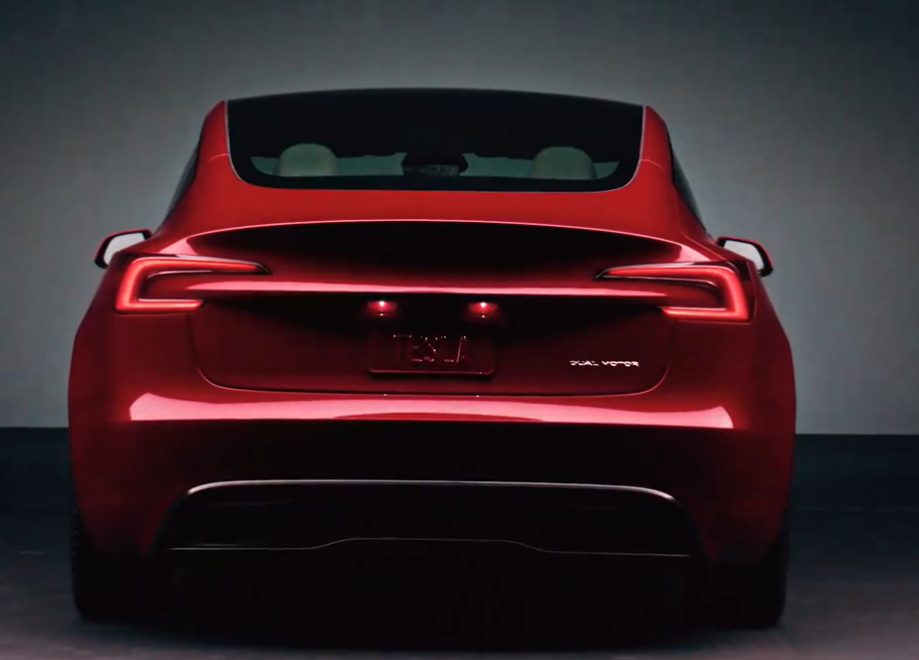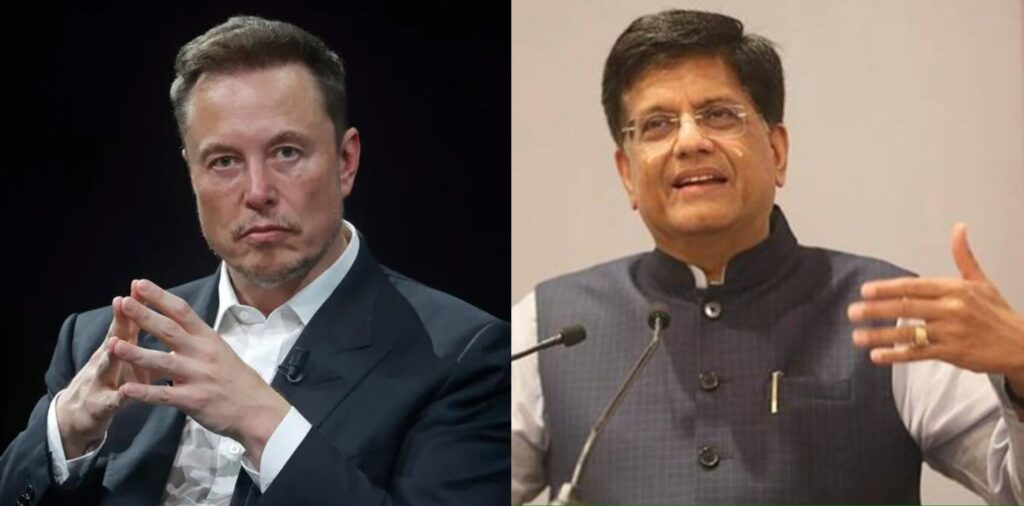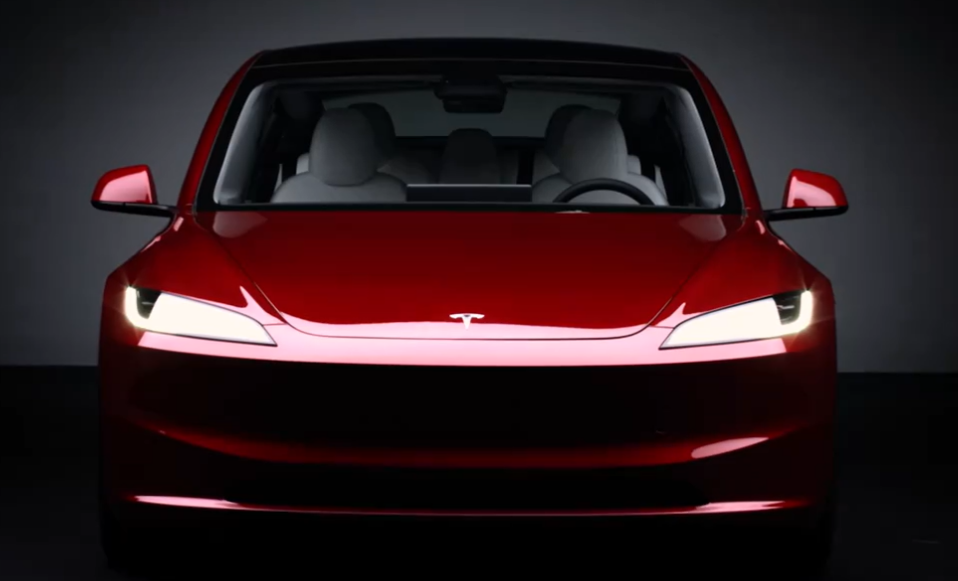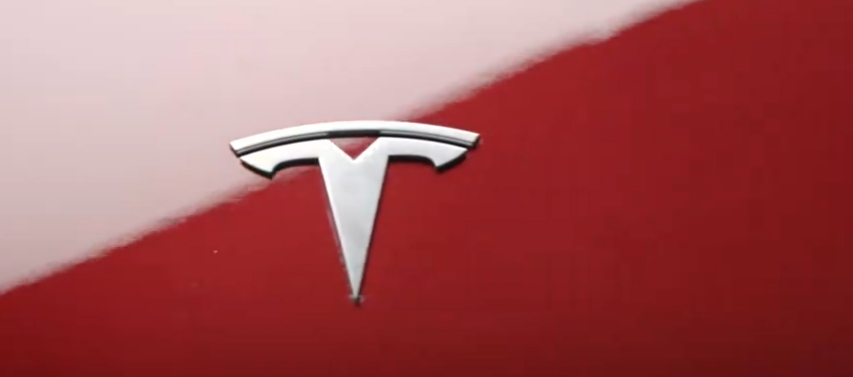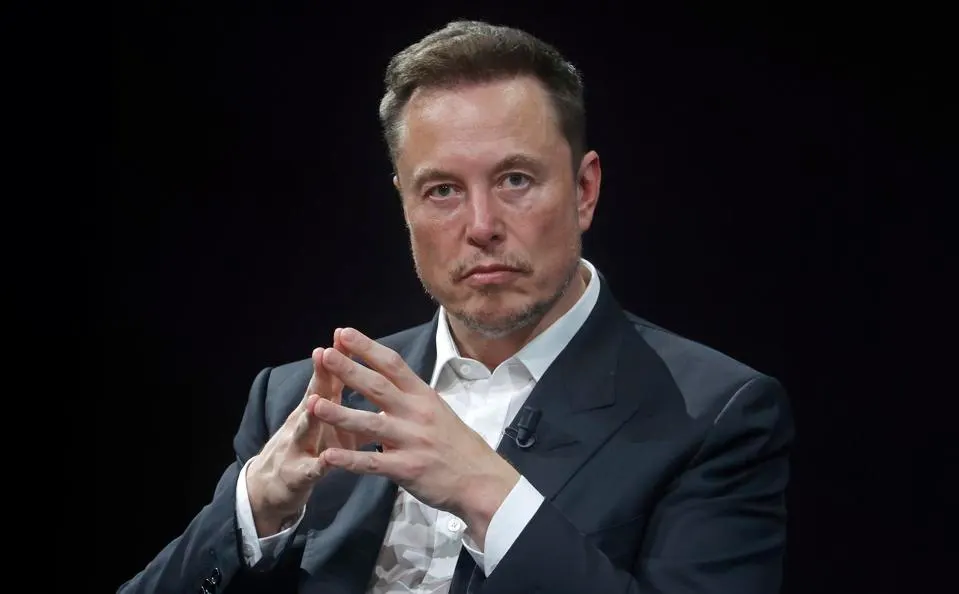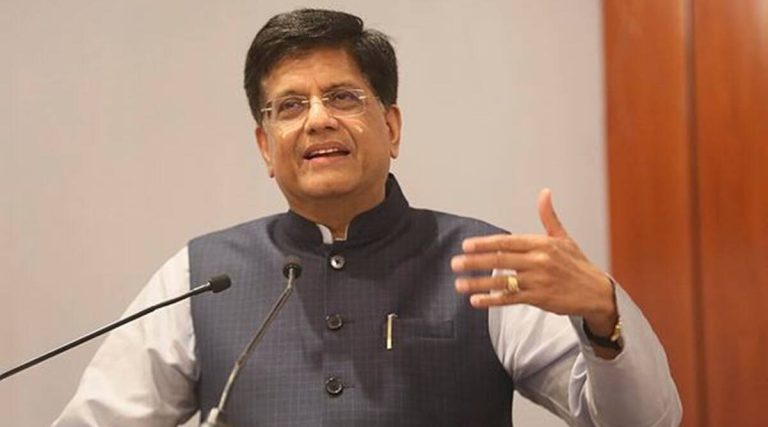Government of India on Tesla: will reduce its EV import duty if $500 million is invested, marking a significant victory for Elon Musk’s Tesla
A new electric vehicle strategy with tax breaks has been approved by the Indian government with the goal of establishing India as a leading manufacturing hub. This occurs as the Asian country tries to entice outside investment for domestic manufacturing from companies like Tesla.
India proposed a new policy on Friday on electric vehicles that would offer incentives to foreign manufacturers of EVs, such as the US-based Tesla and the Vietnamese automaker Vinfast, to enter India’s developing electric car sector.
Automakers who agree to invest a minimum of $500 million in India over the next three years will be able to import up to 8,000 electric vehicles (EVs) valued at $35,000 or more annually at a reduced import duty of 15%, down from 70% previously, according to a gazette notification from the Center.
In addition, they must start local production before the end of that period and guarantee 50% domestic value addition (DVA) in the cars made here, rising to 50% at the end of the five years. The Ministry of Heavy Industries (MHI) will oversee the scheme’s administration.
Government of India on Tesla: Important Points
- After months of lobbying by Tesla, a new EV policy was implemented.
- The import tax rate on EVs was reduced to 15% from 100% for five years.
- Reduced rate contingent on fulfilling investment and production requirements.
- Shares fell after local automakers Mahindra and Tata rejected a reduction in import taxes.
Policy of Government of India:
The government released a statement saying, “The policy is designed to attract investments in the e-vehicle space by reputable global EV manufacturers.”
The Atma Nirbhar Bharat program is being supported by innovative technology that is created domestically in India by EV manufacturers, with no upper limit on their investments, even though the scheme requires a minimum expenditure of Rs 4,150 crore, or $500 million.
If the manufacturer does not establish manufacturing facilities in India within three years, a five-year customs charge of 15% (applying to completely knocked down units) will be applied to vehicles having a minimum CIF (Cost, Insurance, and Freight) value of $35,000. The total amount of EVs that can be imported will be limited to either the investment made or ₹6,484 crore, which is the equivalent of the incentive offered by the PLI scheme. Furthermore, up to 40,000 EVs at a rate of n.
Within a three-year period, manufacturers would have to set up manufacturing facilities in India and start producing EVs for sale. In less than five years, they have to attain a minimum of fifty percent domestic value addition (DVA). Furthermore, by the third year, a 25% localization level is required.
In accordance with the program, enterprises must additionally provide a bank guarantee to support their investment promises. This guarantee will be enforced in the event that the DVA and minimum investment standards are not met.
Competitors of Tesla in the Indian market :
Major Indian companies Mahindra & Mahindra and Tata Motors have expressed worries regarding lower EV taxation, highlighting the necessity of early-stage government support. These manufacturers are concerned about rising competition from luxury EVs that are favored globally as a result of tax breaks.
Despite pressure from rival Mahindra & Mahindra and Tata Motors, India has been working on the EV strategy for several months.
The main topic of conversation has been Tesla’s proposal for an initial tariff concession, which would reduce customs charges by 70% for cars under USD 40,000 and 100% for cars costing more.
However, Piyush Goyal, the minister of commerce and industry in India, has stated that the country will continue to implement its rules on its own, without changing them particularly to satisfy US electric vehicle (EV) manufacturer Tesla’s demands.
FAQs
What is the new EV policy?
The new regulation, which could support Tesla’s market entry plans, requires corporations to invest a minimum of Rs 4,150 crore in the nation and gives them three years to set up local manufacturing for EVs with at least 25% of the components supplied locally.
What is the EV vision of India?
Electric Vehicles: Advancements in domestic EV technology and EV componentry. The Indian government has set a target of 30% EV penetration by 2030 in accordance with their EV Vision 2030.
Who is the CEO of Tesla ?
Elon Musk
Also, visit…
Nokia and Maxis collaborate to improve network security and support upcoming 5G services
Krafton MoU signed by Gujarat Government to Boost Esports and Many More
Ranji Trophy Final 2024: Mumbai Wins After Defeating Vidarbha
Hero Mavrick 440: Features, Cost, and Technical Details Compared
